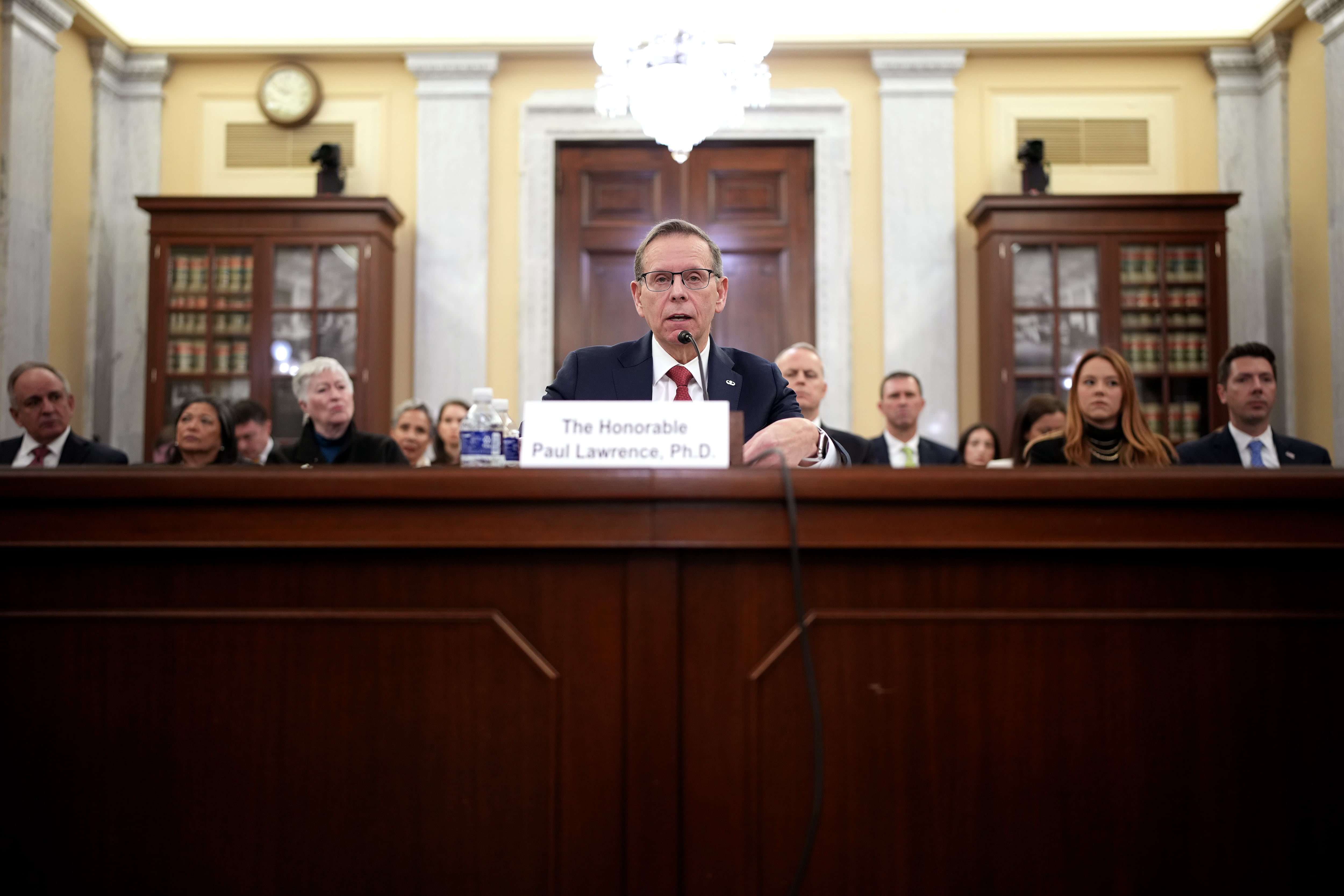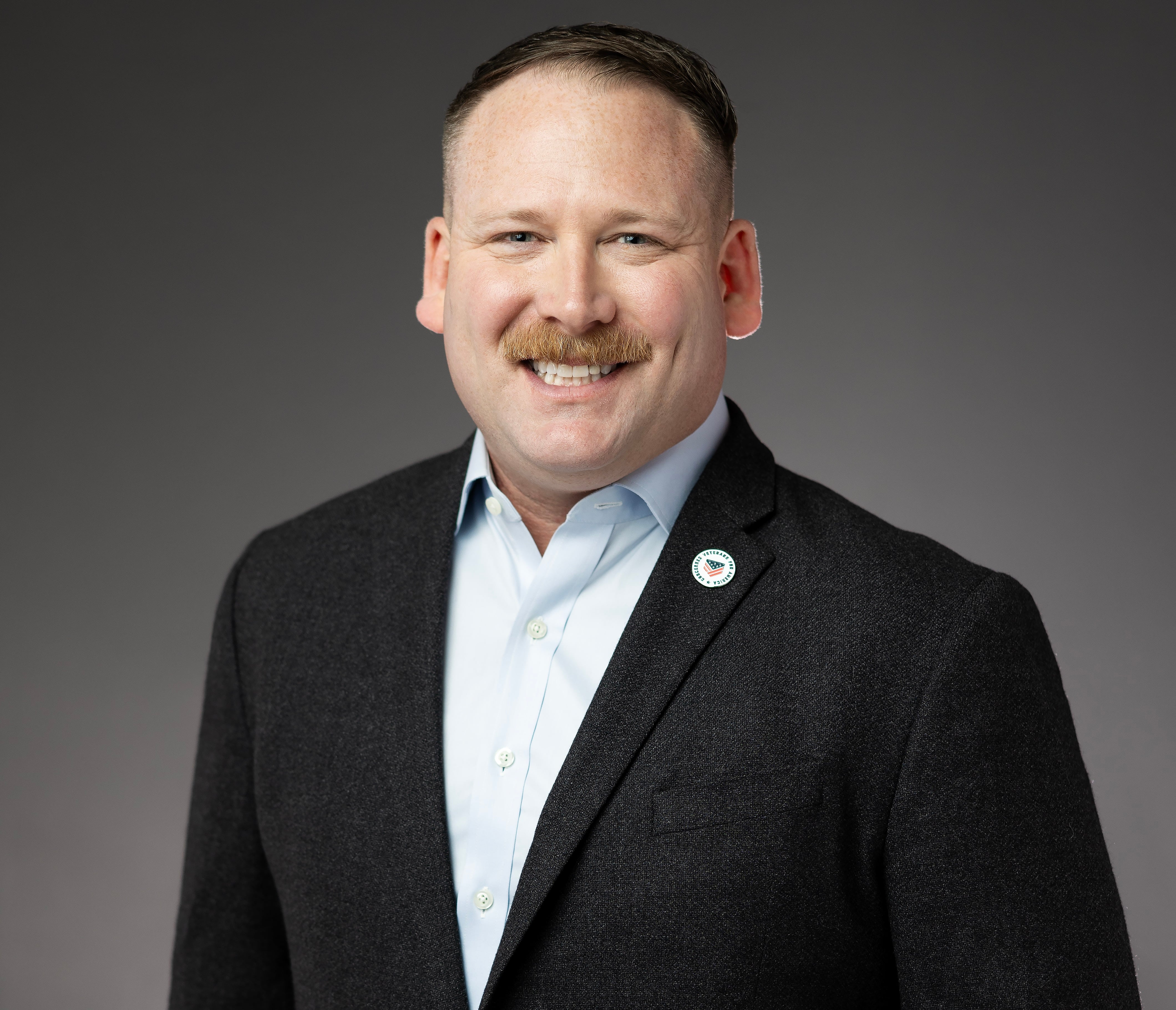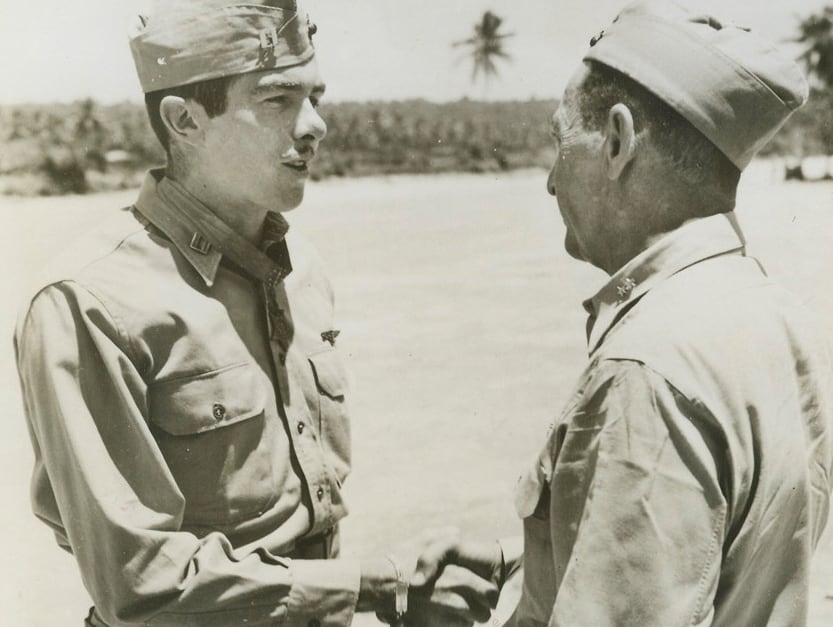In the past decade, the armed forces have made tremendous progress in addressing sexual assault.
During his tenure as Secretary of Defense, Chuck Hagel saw to it that all key staff in all the services were retrained, rescreened and recredentialed. The services have introduced new training programs, increased conviction rates, and created special victim counsel programs to great success. As a result, the incidence of sexual assault in the military has been cut in half since 2006.
Despite that progress, the incidence of rape in the ranks remains far higher than among civilians. To be exact, the odds of an American woman being sexually assaulted are ten times higher if she is a young enlistee on a military base than a student on a college campus.
Over six thousand sexual assaults in the ranks were reported in 2016, and many more unreported, according to the DoD’s most recent annual report.
That number may seem roughly in line with civilian norms relative to the active duty force of 1.3 million service members. However, most of the assaults were against females, whereas 85 percent of the workforce is male.
Overall, the Pentagon estimates that “4.3 percent of active duty women and 0.6 of active duty men” were sexually assaulted in 2016 (and half of those were rapes). In contrast, there were 0.43 sexual assaults per 100 female college students according to the most recent National Crime Victimization Survey, which is actually slightly lower than the incidence among non-college women in the same age range.
The order of magnitude higher threat for military women is surprising. It means that sexual predators are not being weeded out of the U.S. military, and I think I know why.
Military sexual assault is enabled by an archaic personnel system. As I describe in my new book “Total Volunteer Force,” the U.S. Army, Navy, Air Force and Marines are bound by archaic laws and regulations that mandate centralized personnel bureaucracies with almost no flexibility over promotions, assignments and compensation.
Those bureaucracies are not structured to weed out poor performers or abusive leaders, let alone potential sexual predators. For example, a 2010 survey of tens of thousands of troops by researchers at Fort Leavenworth, Kansas, found that one out of five Army soldiers considered their commanding officer to be a “toxic” leader. This is a consequence of rapid job rotations and lockstep promotions.
Let’s start by recognizing that the vast majority of men and women in the military are honorable people with outstanding values.
My own research confirms that literacy rates and educational levels of military enlistees are far higher than civilians, not to mention the extraordinary bravery that motivates them to serve. They risk their lives to defend America and help millions of the most vulnerable people on the planet.
Marines are not deploying to Afghanistan to exploit the people, but to save them. And these heroes hate the reality that sexual predators hide in their ranks.
Consider a cohort of twenty enlisted soldiers. Fewer than one will ever assault a fellow service member. Many of the good nineteen may recognize the one’s potential for abuse, and his commanding officer may even be wary, but they have near zero impact on the personnel system.
Promotions are nearly automatic, unless an individual commits a crime, and are based far more on impersonal paper tests than on performance evaluations, which anyway are famously inflated to the point of comedy. And not one of the services conduct meaningful peer evaluations.
The one bad apple is constantly rotated from one base to another, not because he is a bad apple, but because military members are constantly reassigned to new jobs every eighteen to twenty-four months on average. There is hardly any time for truly bad apples to be identified.
DoD’s survey of active duty members in 2016 reports that most sexual assailants were ranked higher than the victims.
The typical situation involved a mid-ranked enlisted male assailant (a staff sergeant or a sergeant) taking advantage of a junior enlisted female. Relatively few of the alleged military offenders were officers or senior enlisted members.
Although the armed forces have been working to fight sexism, I am skeptical that the current approach is effective.
Sensitivity training may even be counterproductive. Consider how a predator is affected by a training course to raise awareness of sexual harassment and assault. It simply clarifies the line between what is criminally unacceptable and what is possible, educating him on how to best cover his tracks. We cannot train the rot out of rotten apples.
What is needed is personnel reform. Right now, local battalion, squadron, and ship commanders have zero control over who gets assigned to their units. Can you imagine telling a mayor or senator that all of their personal staff will be assigned from central planning?
In the military, there are no informal reference phone calls. No background checks. Central personnel commands match literally millions of paper files against open billets in two massive Army rotations every year. The Naval Personnel Command does the same thing, as does the Air Force Personnel Center. And those paper files, by law, contain very limited information.
Skill, competence and moral character are not part of the equation. The side effects, sadly, include a tolerance for abusive individuals who, with rank, abuse power. If we want to stop rape in the ranks, commanders need authority over who gets assigned to their units.
My own study of talent management found that service members rate job-matching as a major weakness in all of the services. These same people rated their services as excellent in terms of purpose, values and teamwork. It is a bizarre dichotomy where Pentagon leaders have created such strong cultures alongside a dysfunctional management system. How much longer will the leadership-management gap be tolerated by policymakers?
Tim Kane is the JP Conte Fellow in Immigration Studies at the Hoover Institution at Stanford University. Kane also served as a U.S. Air Force intelligence officer with two tours of overseas duty. He is the author of “Total Volunteer Force” (2017) and “Bleeding Talent” (2012).





